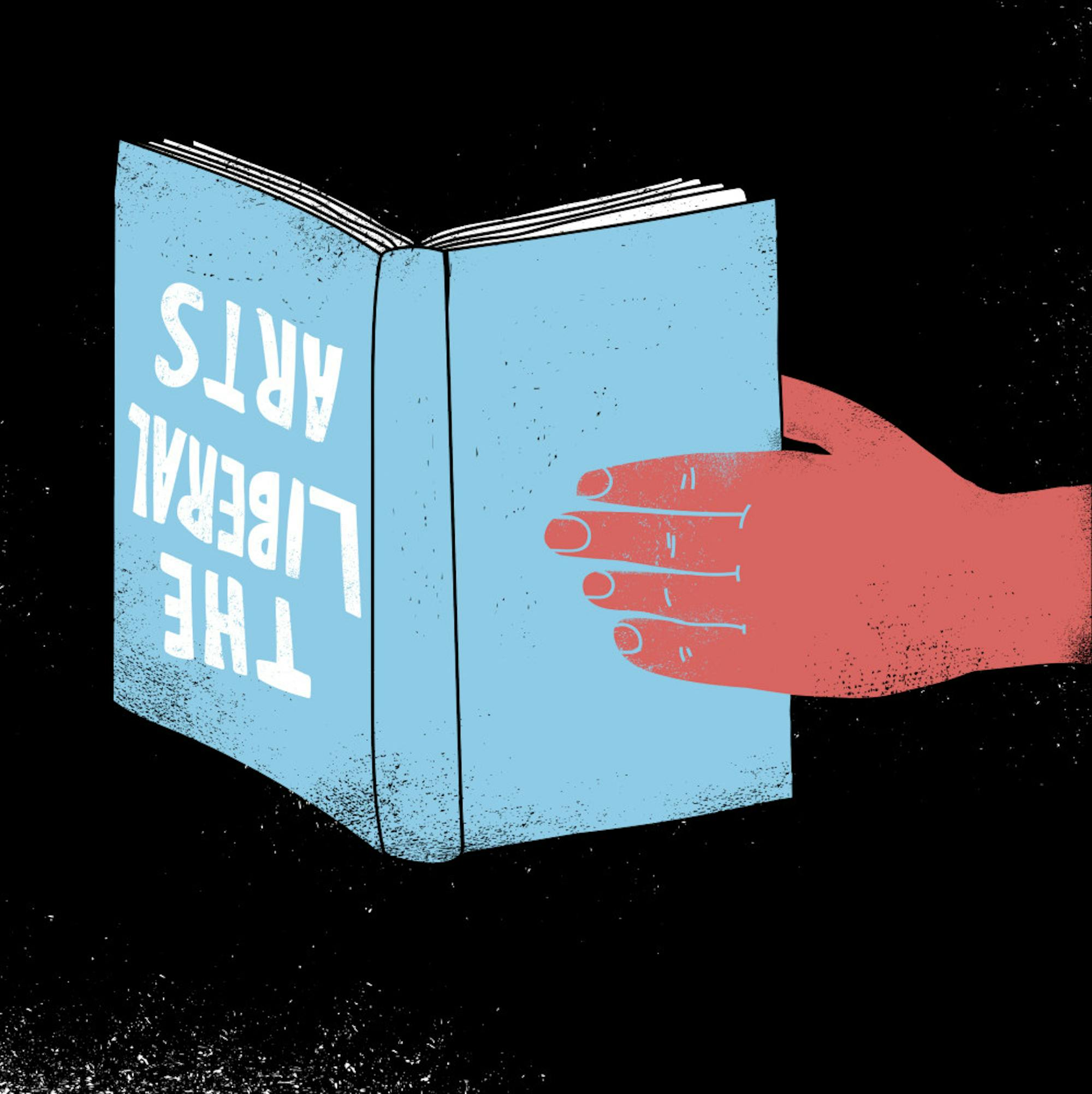
I remember my tour of Emory fondly: the tour guide directed us around campus, and as we passed the Atwood Chemistry Center, she noted that Emory is both a strong research institution and a liberal arts college. But now that I’ve had time to observe the state of liberal arts on Emory’s campus, I realize that one end of this selling-point mantra falls short.
The dominance of the sciences fosters an environment centered on research labs, big-name speakers from the science world and pre-professional clubs with generous funding. Meanwhile, fine art, visual art and literary clubs receive proportionately less money than their business and pre-medicine counterparts. If Emory wants to bill itself as a liberal arts college, then it must fund the arts.
The current allocation of the Student Activity Fee, money that all Emory undergraduates are required to pay and which finances Student Government Association’s (SGA) budget, fuels this de-liberalizing agenda. Back in April of this year, SGA approved the 2019-2020 budget for executive agencies. In the process, SGA slashed funding for Media Council, an agency that sponsors art and literary clubs on Emory’s campus. With the lion’s share of funding cuts coming from the pocket of arts clubs, students pursuing non-pre-professional paths are disadvantaged.
To top it all off, Emory administrators also partake in this negligent campaign against the arts. In 2012, the College announced that it would close the Journalism Program, the Department of Visual Arts and the Division of Educational Studies. The administration also chose to downsize the Institute of Liberal Arts, which houses the interdisciplinary studies major. More recently, according to a 2016 study by The Chronicle of Higher Education, only 1.3 percent of Emory’s research and development budget was allocated toward the humanities. Emory is not alone: 32 of the top 50 private colleges spent less than 5 percent of their research and development budgets on the humanities. These actions imperil the future of the liberal arts at Emory.
Some might argue that the general education requirements (GERs) are sufficient to foster a culture receptive to the liberal arts. But Emory’s GERs reflect two contradictory attitudes: the opportunity to explore English, mathematics, humanities, languages and sciences, and the understanding that students take these classes with an only-to-satisfy attitude. Unless the student outlook changes, Emory will need to do more to continue crediting itself as a leader in the sciences and the liberal arts.
The College hired 45 new faculty members, including three scholars in Latinx studies this year. Although concentrated in history, economics and political science, this new class of faculty does alleviate some stress from the otherwise deprived liberal arts. It’s a small step in the right direction.
This op-ed should not be misconstrued as a manifesto against organizational change, as budgets are often in flux. Nor should this be taken as a plot to redirect funding away from the sciences — science is as much a part of a liberal education as history, music, film and the fine arts. The decision to predominantly sap the arts and humanities through spending cuts, however, has gone overlooked for too long. It’s time for SGA and the College to put their money where their mouth is.
Until then, students should continue asserting the importance of the arts on campus. Last semester, Cox Courtyard received a long overdue makeover. Students proposed, planned and completed a colorful mural spanning the wall. This year, Best in Show, an a cappella concert showcasing the cultural and artistic diversity of undergraduates, capped off Orientation Week.
When future prospective students tour Emory, I only hope the University’s identity crisis is resolved.
Daniel Meek (21C) is from Highland Park, Ill.



![IMG_0064[31].jpeg](https://snworksceo.imgix.net/whl/bd1509fc-0fff-41c3-8a17-14169776d877.sized-1000x1000.jpg?ar=16%3A9&w=500&dpr=2&fit=crop&crop=faces)

